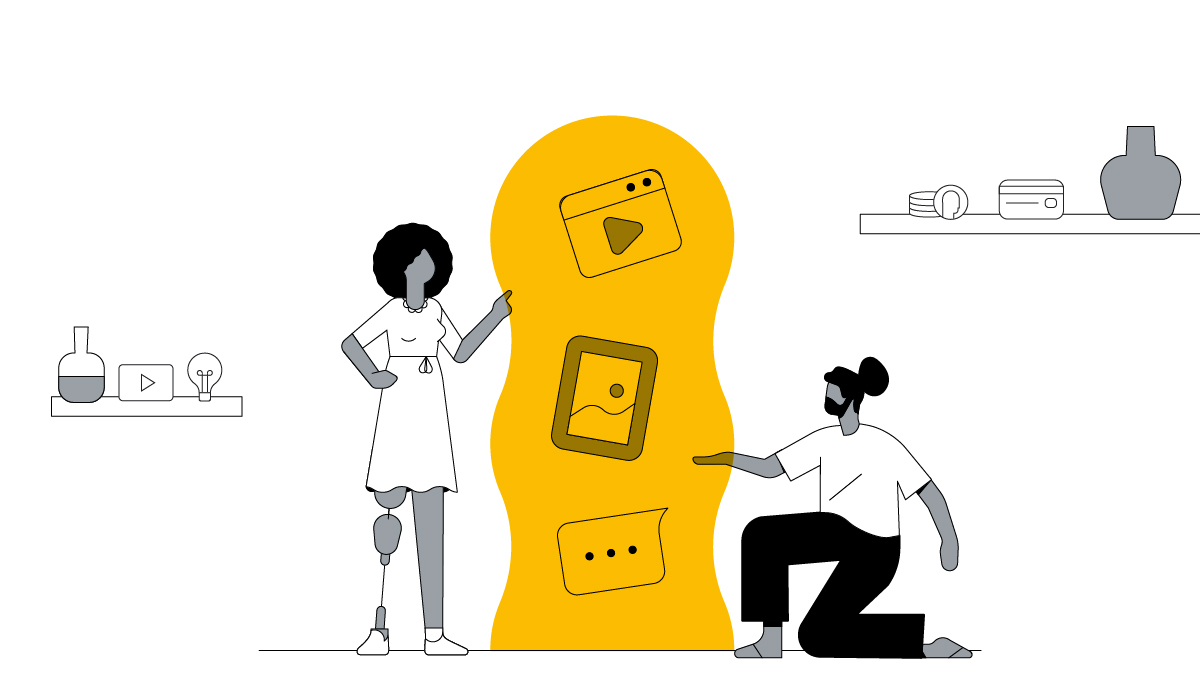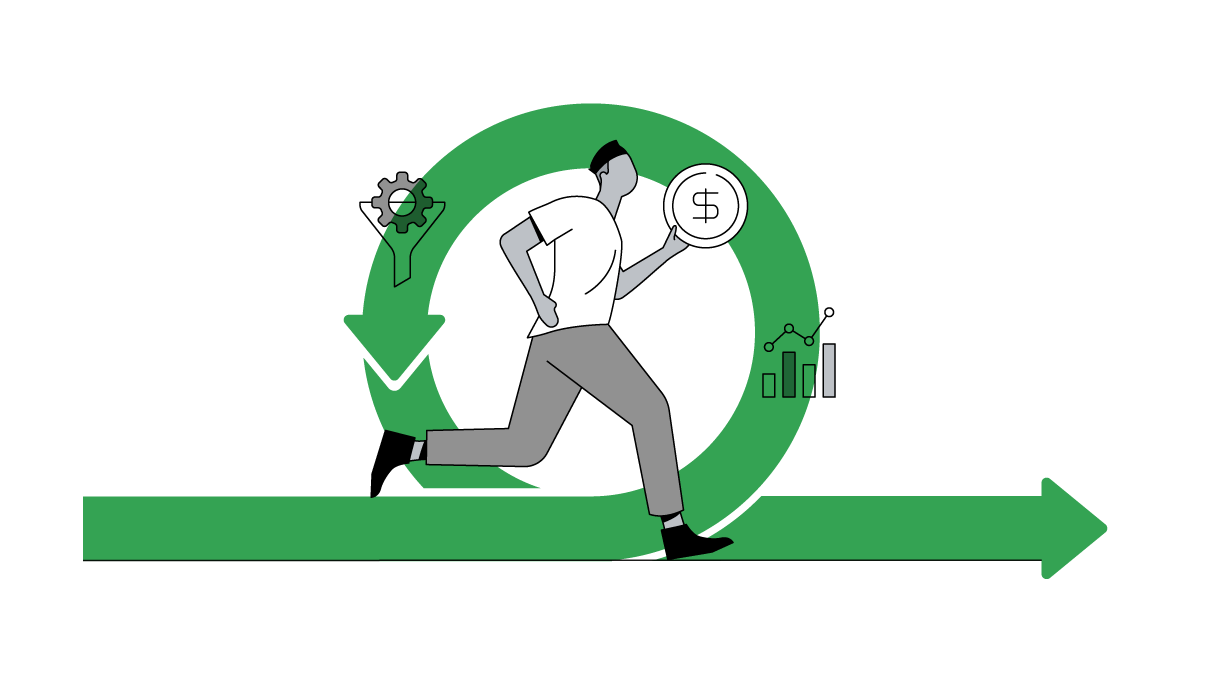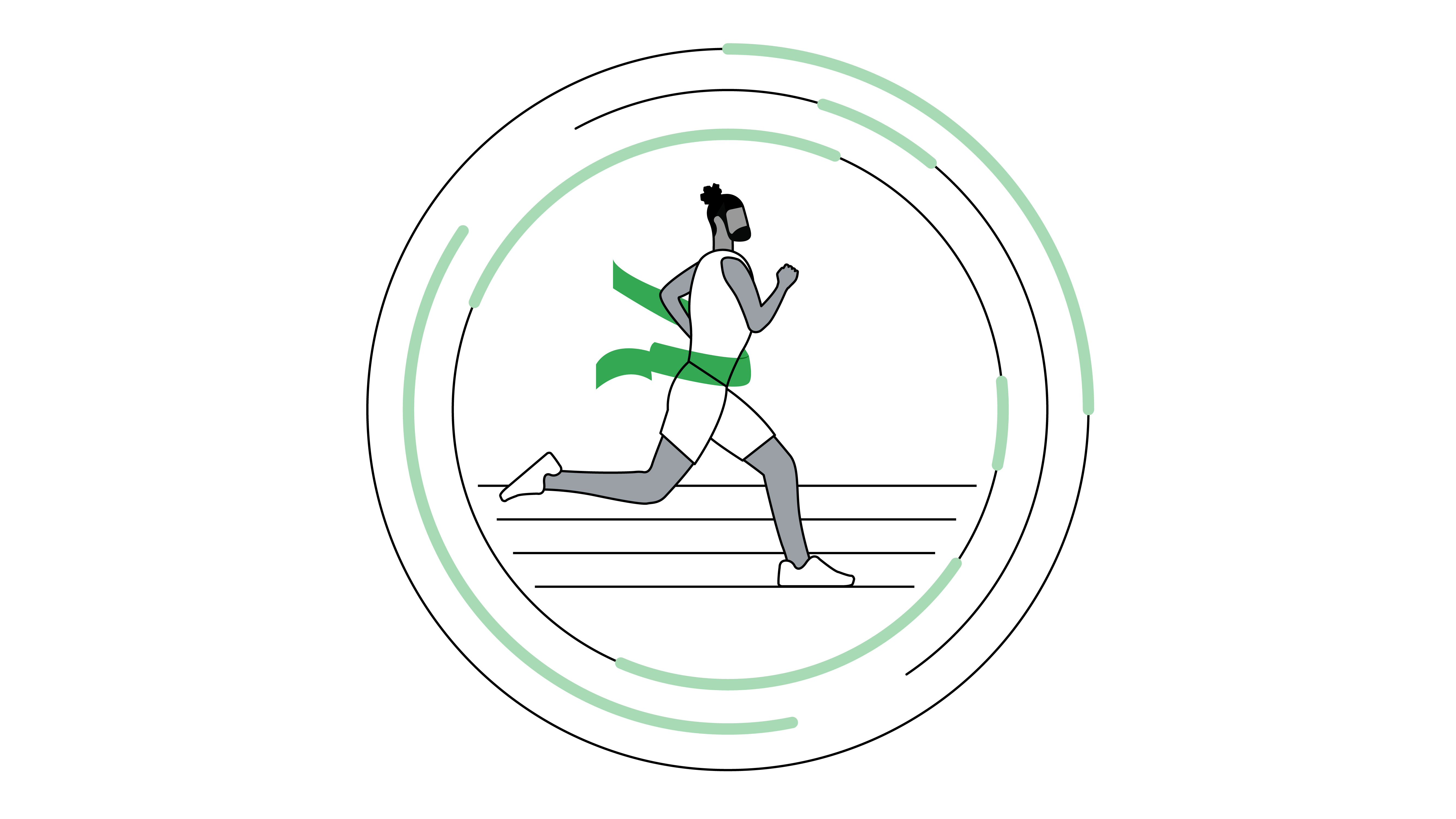Google’s President of Americas and Global Partners, Allan Thygesen, shares what companies can learn from digital leaders in order to get ahead.
Marketing leaders have been future-proofing organizations since long before the pandemic. But for companies that may have struggled a few years back to gain momentum, the pandemic likely opened the floodgate to digital transformation.
Today, the opportunity for marketers is keeping that spirit of accelerated learning and agility going in a sustained, long-lasting way. For most, this is about continuing the digital transformation process, not starting over.
If we’ve learned anything since the pandemic began, it’s that being ready isn’t a feeling; it’s a choice. We recently studied the world’s most digitally mature companies and observed them making big gains. Among other achievements, digital leaders reported a 5-percentage-point increase in market share during the pandemic versus their peers.1
Deciem’s marketing team set clear objectives, focusing on brand awareness and customer loyalty.
Beyond embracing the idea of digital transformation, these companies made choices that not only prepared them to respond to a global crisis but helped them emerge as digital leaders. In our analysis, we observed three traits that leaders have in common. Consider how you might implement these into your organization’s own transformation journey to be ready for what’s next.
Agile, flexible plans
The brands best prepared for crisis had marketing programs that were agile and responsive enough to capture short-term opportunities while also building long-term resilience.
Take The Ordinary, for instance, a skin care line made by “the abnormal beauty company” Deciem. The brand was ready for direct-to-consumer and self-care trends accelerated by the pandemic.
While Deciem began as a scrappy Canadian startup looking for a global audience in the crowded beauty space, it broke through by breaking down its marketing approach into a few simple steps.
First, Deciem’s marketing team set clear objectives, focusing on brand awareness and customer loyalty. Then they studied regional search trends to identify the top 5 markets where the brand could turn searches into sales using Google Shopping campaigns. Finally, they used our automated tools seeded with the data from those successful pilots to scale globally. Deciem’s result has been a 5 to 1 return on ad spend.
Test-and-learn mindset
Another trait leading brands consistently demonstrated was a strong culture of experimentation. In fact, digital leaders reported seeing 3X higher returns from digital initiatives — in particular, customer-oriented solutions, such as automated campaign optimization and customized landing pages — versus those less digitally mature.2
Brands that adopted a test-and-learn mindset saw 3X return on their digital initiatives.
Look at Monday.com, the cloud-based work operating system. Its product’s evolution has been supported by marketing to match its agility and growth. The brand scaled globally, going public just last year, by using a data-driven approach to test and optimize messages on platforms like YouTube to capture different audience segments.
A B2B player, Monday has adapted its messaging from industry to industry to appeal to over 200 business verticals that manage core work processes on its platform. For example, when first trying to connect with marketers and creative teams, Monday realized it could better optimize its general go-to-market messaging. So it pivoted and, in less than a week, it was testing new campaigns that showcased the product benefits for marketers, driving a 25% increase in qualified sign-ups.
Monday also has incorporated an always-on testing mindset into planning and budgets, dedicating 30% of its budget to identifying new audiences, new creative, and new bidding strategies.
Customer-centric to the core
Finally, we noticed that digital leaders routinely overcame organizational silos to make digital transformation a companywide imperative and to recommit to being consumer first.
Kia exemplifies this. It went through a brand relaunch, shifting from traditional automaker to sustainable mobility solution provider, and became a more customer-centric organization in the process.
Like many automakers, Kia used to see its dealers as customers and had limited direct interaction with consumer car buyers. But Kia recognized that potential drivers searching online wanted an integrated experience when they walked into a showroom and, hopefully, drove off the lot.
Make digital transformation a companywide imperative, and recommit to being consumer first.
So Kia did something new. It started working with regional dealers to build standardized web templates and data policies to provide a more consistent experience for customers, and to give the company a better picture of its end users.
To build its first-party data strategy, Kia focused on providing a real value exchange with consumers. For example, car buyers love designing their dream rides in Kia’s car-configuration simulator and appreciate the ease of booking an in-person test drive online.
The company also has been able to create more relevant offers for its logged-in users. In one test, Kia connected its website data with a dealer’s CRM platform and saw a 4X boost to its conversion rates from marketing.
Partnering to build future-ready businesses
In marketing and in business, it’s all about being focused on the customer journey. It’s not just where customers are today, but where they are heading next. Being future-ready is about more than your marketing. It’s a broader transformation and an opportunity for us at Google to be a better partner. From rethinking go-to-market strategies to figuring out the operations of consolidated, hybrid retail models, there is so much more we can do together to get ready for the future.





